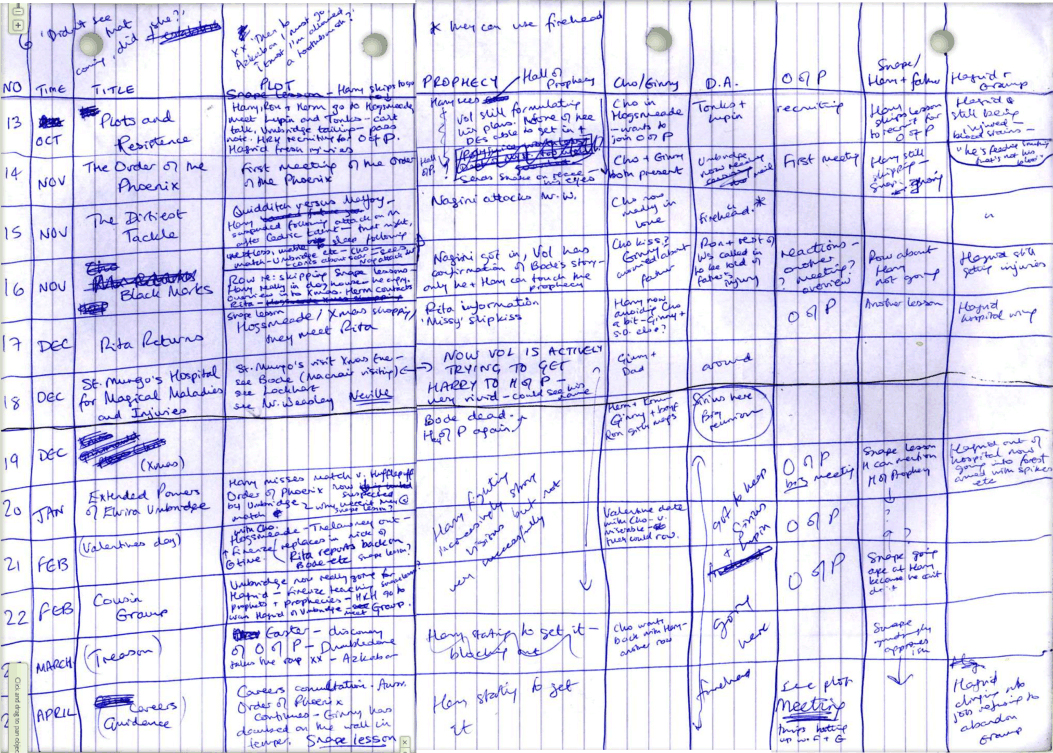Why is writing so much more difficult than reading?
Why do that brilliant storyline and that sparking dialogue that resounds in my mind never translate as such on paper? At least not with ease…
All writers go through these stressful hair-clutching moments…yet despite all these frustrations and anxieties related to writing anything between 600000 and 1,000,000 books are published every year in the USA alone.
Now, most of these books would be by established writers and a small percentage would be by new writers. Empirical evidence proves that writers, be they new or established, are human. So they too must be facing and then vanquishing the same human difficulties most of us face- Yet They WRITE.
How do they do get the courage to do it?
Try This When You Feel Like Giving Up
1. Read: Reading gives more than just ideas about plots and subplots. It opens your mind to the rhythm of a story. Yes, every story has a rhythm that is it’s own and also universal. Stories ebb and flow like the tides, they take our emotions along with them and make our thoughts sing to their tune. The best stories have the unmistakable rhythms.
Re-read your most loved stories. Those are the ones that appealed to you. You will easily find their rhythm. Once you do, your stories will try to echo the same. Use that as your springboard to elevate your writing.
Read. Re-read. Keep on Reading.
2. Take Notes: Remember those boring school lectures where you let your mind wander whilst you were supposed to be taking down notes. Those books that you read are your professors, the best thing is that they are never boring. So take down notes and your writing will improve.
When I write I try to read books or articles on that subject, how they handle certain situations and the words they use become my guides.
What should you note down?
Anything that interests you…it can be a turn of phrase, a new metaphor, a sizzling dialogue or a well-crafted description. Anything that makes you wish you had written it. Note it down.
Kindle is a great help in this because I just hate pausing my reading to look for a pencil and a post it to mark the page and the line. I am too lazy to move when I read. In my Kindle, I easily highlight what inspires me, from descriptions of busy market scenes to plot changes and go on reading.
Keep the notes.
3. Edit: One of the best quotes on editing is Terry Pratchett’s, he said
“Your first draft is just you telling yourself the story.”
I never really understood it till I grappled with my first fiction for young kids. It’s on the fourth and I hope the last edit now. Even when I wrote copies the same rule applied.
I have edited certain documents more than 7 times, because ‘something was missing’. After the third time, it always feels like a chore, like something I have to get off my back. I start getting cranky around my work and feel like throwing it far down a nasty hole and fill that hole up for good. Yes, it feels that horrible. So horrible in fact that I just have to push myself to do it over and over again till that writing shines.
Edit with guts.
4. CUB: This is a part of editing but it’s extremely important so it deserves a whole new bullet point. CUB is a copywriting term I learned while writing long copies. All it means is cut out the Confusing, Unbelievable and Boring.
If you think courage is for adventurers, try cutting out those pearls of wisdom that you litter your draft with…you know those lines that sound like the things people will remember you for posterity. Keep CUB in mind and you will find yourself leaving behind your writer ego as you edit.
CUB it, cube it and cut your story till it shines to perfection.
5. Map it: Once you’ve written your story and it all makes sense. Go over it with a scene map. There are as many ways to do it as there are writers. Some writers will make it before they write a single word of the story, some do it at the editing stage, some are pushed into it and some never need it till they realize that they do. It depends on you and your writing process.
For stories, I usually do it in during my second edit. For articles and blogs, I outline and map before I start writing. The reason is very simple- in stories, I usually don’t know where I’ll end up while with articles I am on much surer ground.
Many stories start slow, build up to a crescendo and then reach a conclusion. That same rule applies to articles, blog posts et all. The best part is usually in the middle. That doesn’t mean you don’t focus on the rest. Every part has a function and should lead to the next.
I read about some scriptwriters who plugged in everything in their map- one joke, a spunky diatribe, an emotional scene, a soft, family scene to calm things down and then a twist…
I still have to reach that level of detail…it might come, it might not.
By this is what how the bestsellers write their scene maps!
Bite your nails on them.
Only You hold the key to Your Map. Unlock it.
And most important of all…
6. Create a schedule and stick to it: That’s when it really shows. The dedication to your work and to your dreams. Enjoy your writing process. You have to enjoy it because after all, you wanted to write, didn’t you?
Don’t Give Up. Never give up to a blank sheet. Own IT.



